Salomon S/Lab Ultra 2
Test Locations: Crested Butte, Boulder, & Buena Vista, Colorado
Test Duration (so far): 120 miles
Stated Stack Height: 26 mm (heel) / 18 mm (forefoot)
Stated Heel to Toe Drop: 8 mm
Stated Features:
- Contagrip® MA delivers confidence on wet, dry, hard or loose surfaces, and offers long-term durability
- Energy Save Midsole is a polyurethane foam designed to provide superior cushioning and protection
- EnergyCell™+ – high rebound midsole compound designed to provide efficient energy return with additional cushioning
- EndoFit™ creates an internal sleeve which hugs the foot to create a more snug fit
- SensiFit™ cradles the foot from the midsole to the lacing system, providing a secure, snug, and virtually customized fit all around the foot.
- Quicklace™ – Minimalistic and strong lace for one-pull tightening. Easy-on, easy-off.
- Molded EVA – A molded sockliner that improves comfort by mimicking the foot’s natural shape.
MSRP: $180 (on sale for $135, as of publishing)
Size Tested: US Women’s Size 8
Stated Weight per Shoe (US Women’s Size 8): 250 g / 8.81 oz
Blister’s Measured Weight per Shoe: 249 g / 8.78 oz
Reviewer (Runner Profile): 5’10”, 115 lbs
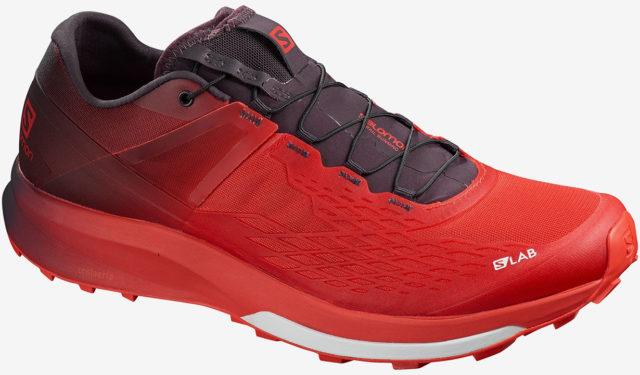
Intro
Salomon first released the S/Lab Ultra in 2018, designed with input from world-class trail runner, Francois D’haene, to be a light, yet cushioned shoe designed for long-distance racing. The second iteration we’re reviewing here is fairly similar to the original S/Lab Ultra, but with a few changes to the upper that make it a few grams lighter and reportedly more breathable.
I’ve spent the last several weeks running in the S/Lab Ultra 2 to see where it excels. Since it’s designed for ultra-length distances, I took it on several, 20+ mile days on the Colorado Trail, as well as some shorter runs around Crested Butte and Boulder. After about 120 miles on trails all around Colorado, I can say that the S/Lab Ultra 2 is a solid shoe for long adventures. But is the S/Lab Ultra 2 worth its rather steep price tag, and how does it compare to the similar, but less-expensive Salomon Ultra /Pro?
New Version: Salomon S/Lab Ultra 2 vs. S/Lab Ultra 3
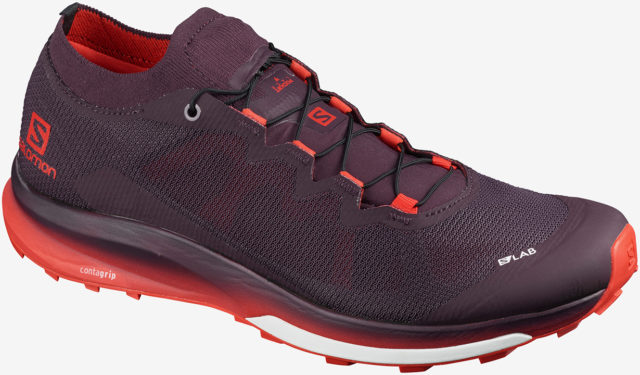
Right as we were editing this review, Salomon announced a new version of the S/Lab Ultra, the S/Lab Ultra 3 (pictured above). We are hoping to get in the new shoe ASAP, but on paper, the primary update appears to be the upper, with the midsole and outsole looking like they’re remaining almost entirely the same. The new S/Lab Ultra 3 uses a sock-like upper with fewer reinforcements, so it’ll likely be more breathable and potentially less durable and supportive, but we’ll be able to actually comment on that if / when we try the new version. For now, the good news is that you can now find the S/Lab Ultra 2 on sale in many places.
Fit
As always, we highly recommend trying on any shoe before buying, when possible. With that said, I can add some thoughts on how the S/Lab Ultra 2 fits my feet, which are fairly low volume but have large bunions.
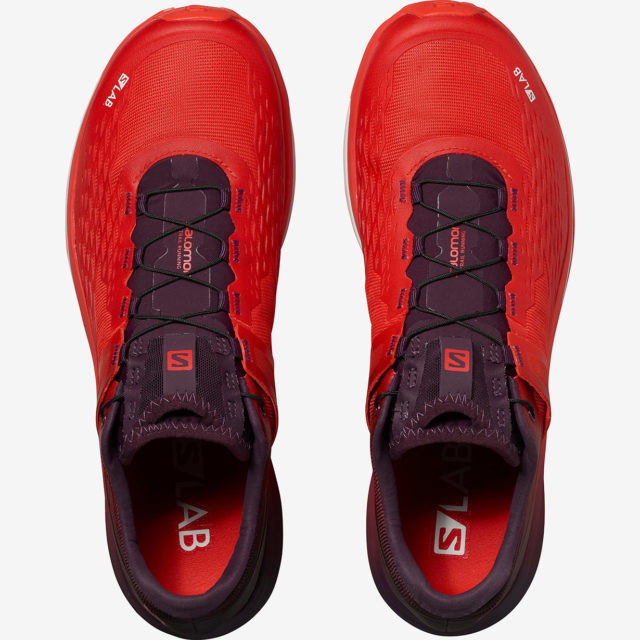
The S/Lab Ultra 2 features both Salomon’s EndoFit and SensiFit designs. The EndoFit system is an internal sleeve in the shoe, designed to aid in holding your foot properly in place, something that both the Ultra /Pro and S/Lab Ultra 2 use. SensiFit is a “cradle” around the midfoot which connects the midsole to the lacing system on the outside of the shoe to again provide a secure fit. Both of these features in the upper, in combination with the S/Lab Ultra 2’s moderately narrow overall platform, provided a tight, snug fit through my midfoot and forefoot, which I found to be a huge aid on longer days, especially on loose terrain.
Unlike the Salomon Ultra /Pro (which fit quite large), the S/Lab Ultra 2 in a US Women’s size 8, my normal size, fit my foot very well. There was some room in front of my toes to prevent them from being too smashed, but not so much that my foot felt like it was swimming in the shoe. Like most Salomon shoes, the S/Lab Ultra 2’s toe box is not very wide, but it did provide slightly more space for toe splay than the Salomon Sense Ride 3 and Salomon S/Lab Sense 8. The S/Lab Ultra 2’s midfoot had a much more precise, snug fit than the Salomon Ultra /Pro, which made the S/Lab Ultra 2 a more favorable shoe for me, especially on technical terrain — even on a steep descent down a scree field, my foot didn’t slide around in the shoe. Despite it being notably more snug than the Ultra /Pro, I had no issues with any pinching or squeezing through the midfoot of the S/Lab Ultra 2. If you have especially high-volume feet or haven’t gotten along very well with the fit of most other Salomon shoes, your mileage may vary, but as someone with fairly low-volume feet, I really like the fit of the S/Lab Ultra 2.
During my time testing these shoes, I went on a trip to the Sawatch Mountains near Buena Vista. While there, I ran 25+ miles for three days in a row. Because I am terrible at packing, I forgot to bring “lounging shoes” for the campsite. So, during these three days, I was spending many hours both running and hanging out in the S/Lab Ultra 2. Throughout the weekend, I experienced no blisters, no hot spots, and no weird issues with pain being caused by the shoes. I was super impressed by the lack of issues; normally after a long (20+ mile) run in any shoes, I don’t want to wear them for a few days. While I didn’t really have any other option, I also wasn’t bummed that I had to wear the Ultra 2 for all of each day’s adventures.
Weight (and Comparisons)
Like all of the other shoes in Salomon’s racing-oriented S/Lab lineup, the Ultra 2 is designed to be lightweight. But due to the shoe having a bit more cushion and a more protective upper than the other S/Lab shoes, the Ultra 2 is a bit heavier than the other shoes in that line. But even though the S/Lab Ultra 2 isn’t exceptionally lightweight, I still found it to feel pretty light and agile on the trail. For reference, below are some stated weights for a few other shoes that are in the same general category as the S/Lab Ultra 2. All stated weights are for a US Women’s size 8, with the exception of the S/Lab Ultra 2’s weight, which is our measured weight for the same size.
209 g / 7.4 oz — Hoka One One Torrent 2
218 g / 7.7 oz — Hoka One One Challenger ATR 5
235 g / 8.28 oz — Salomon Sense Ride 3
247 g / 8.7 oz — Altra Lone Peak 4.5
249 g / 8.78 oz — Salomon S/Lab Ultra 2
260 g / 9.2 oz — Salomon Ultra /Pro
290g / 10.22 oz — Dynafit Ultra 100
Even though the S/Lab Ultra 2 is slightly heavier on paper than the Hoka Challenger ATR 5 and Salomon Sense Ride 3, the S/Lab Ultra 2 still feels light and nimble on my foot, especially during long runs.
While the Ultra /Pro is only about 10 g heavier per shoe, it felt noticeably heavier and clunkier than the S/Lab Ultra 2, which is likely in part due to the Ultra /Pro’s roomier, sloppier fit. Similar story with the Sense Ride 3 — the S/Lab Ultra 2, despite actually being heavier, felt a bit lighter on the trail. While the S/Lab Ultra 2 is not a traditional, “plush,” long-distance shoe, for the amount of cushion it does provide, I was impressed by how light the shoe felt while running.
Upper
The S/Lab Ultra 2’s upper is made with Salomon’s “Skinguard” technology — a combination of mesh and TPU injections to improve durability and support. It also features a small “wing” of material that wraps near the midfoot / ankle opening for added security. As noted above, this upper provided a close, precise fit. In my experience, most of the shoes in the S/Lab line have very thin / minimal uppers, which save weight but tend to wear very rapidly. While the upper of the S/Lab Ultra 2 is constructed with a thinner material than the Ultra /Pro, the upper on the S/Lab Ultra 2 felt thicker than the S/Lab Sense 8 (which is one of Salomon’s most minimal shoes). The TPU injections did add some thickness and “toughness” to the upper, in addition to just a bit of added stability / support, which I appreciated
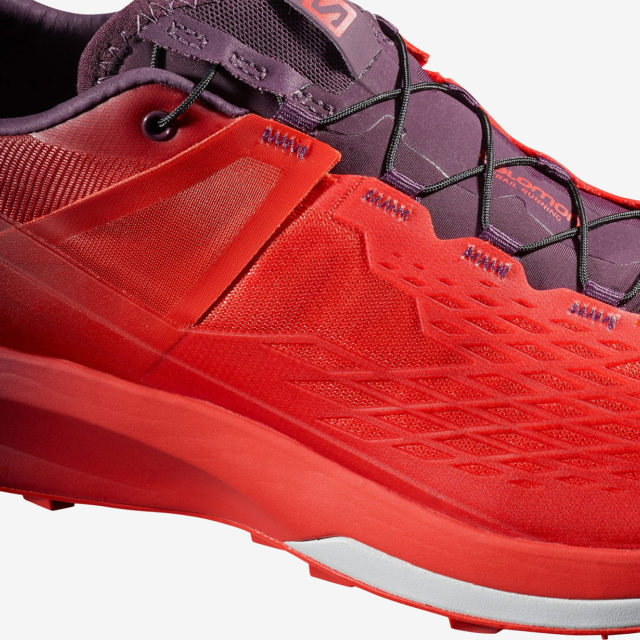
During our big runs on the Colorado Trail, I did have to cross several creeks in the S/Lab Ultra 2. Although my feet got soaked, the upper material did allow my feet to dry relatively quickly as we ran on. Even after my feet got wet, I did not have any issues with rubbing. In general, I’d say the upper is pretty breathable. I didn’t have any runs where I felt like my feet were super hot due to a lack of breathability in the upper, even on days when the temperatures were around or above 85º F / 30º C, although they were not the coolest shoes I have ever run in. For reference, I’d say the La Sportiva Kaptiva and Scarpa Spin felt more breathable than the S/Lab Ultra 2.
The laces on the S/Lab Ultra 2 are Salomon’s classic quick lace system. I know a lot of people love the quick lace system, but personally, it’s one thing I like less about Salomon’s shoes. During longer runs in the S/Lab Ultra 2, I had to stop a few times to re-tighten the laces. They weren’t getting super loose, but they did loosen just enough that I wanted to stop and fix it. This would not deter me from continuing to wear the shoes, but it is worth noting.
Midsole and Cushioning
The S/Lab Ultra 2 uses Salomon’s EnergyCell+ midsole, which they say is designed to provide ample energy return, substantial cushioning, and long-distance durability. The shoe has a fairly moderate stated stack of 26 mm at the heel and 18 mm at the forefoot, creating an 8 mm heel-to-toe drop.
I found that the midsole provided a more cushioned ride than some of Salomon’s other shoes, like the S/Lab Sense 8 and Sense Ride 3, though the S/Lab Ultra 2 does not feel soft and “plush” like the Hoka Challenger ATR 5. While those seeking a very forgiving ride should look to shoes like the Challenger, Hoka Speedgoat, or Altra Olympus, I really enjoyed the feel of the S/Lab Ultra 2. I felt like my feet had enough protection and support on longer runs without feeling like the shoe was clunky or heavy. And given that this is a shoe aimed at racing long-distances, I liked that its midsole did not feel like it was absorbing and dissipating a lot of energy during each step. The S/Lab Ultra 2’s midsole feels very efficient, and I never felt like my foot was excessively sinking into the shoe’s cushioning.
We ran 30 miles on the first day of our weekend on the Colorado Trail, and while I finished the run feeling a bit beat up and tired, my legs felt solid enough overall to do similar runs for two more days. I think the cushion in the shoe played a big role in helping to limit fatigue throughout the weekend. While the farthest single-day effort I have run in this shoe is 30 miles, I can see how this shoe would be a strong candidate for 100-mile races, provided that you prefer / don’t mind a firmer-feeling midsole.
The S/Lab Ultra 2 also has a molded EVA “sock liner” that’s supposed to improve comfort by mimicking / conforming to the foot’s natural shape. While, most of Salomon’s shoes feature some sort of EVA sock liner / footbed, for some reason, I felt the S/Lab Ultra 2’s footbed didn’t mold to my foot quite as quickly and overall felt a bit more structured. This caused a bit of an issue on my left foot, which has a bunion and is a slightly different shape than my right foot. I would experience some pain in the pad of my left foot, where it felt like the footbed was squeezing that area a bit more than I’d want. This only happened at the beginning of my runs; once I had been running for a while, the issue generally subsided. But if you have odd-shaped or higher-volume feet, I would recommend trying on the S/Lab Ultra 2 and making sure it doesn’t cause any pressure points before you buy them.
Outsole and Traction
The S/Lab Ultra 2 utilizes Salomon’s mid-range Contragrip MA rubber compound on a fairly middle-of-the-road tread pattern, which is designed to balance durability with traction on most surfaces. This outsole design is very similar to a few of Salomon’s other shoes, such as the Sense Ride 3, Ultra /Pro, and Sense 4 /Pro. The S/Lab Ultra 2’s outsole has slightly smaller lugs and a different pattern than the Ultra /Pro, which is designed to make the S/Lab Ultra 2 slightly more efficient and faster on the trails.

I ran in the S/Lab Ultra 2 on a variety of terrain, including packed dirt trails, very rocky ones, loose gravel, and even a scree field. Considering that this shoe is designed more for long-distance running than to be specifically strong on technical terrain (Salomon makes other shoes specifically for that), I was very impressed by the S/Lab Ultra 2’s outsole across all the terrain I ran in it.
That being said, if you very frequently run on very loose, rocky, and / or off-camber terrain, a more mountain-oriented shoe like the La Sportiva Akasha or La Sportiva Bushido II may be a better option. But from a versatility standpoint, the Ultra 2 can handle a wide variety of trail conditions. While I haven’t used it in a lot of wet, loose trail conditions, I’m guessing that’s where it would struggle the most, particularly compared to mud-oriented shoes like the Salomon Speedcross or Hoka Evo Jawz, given the S/Lab Ultra 2’s fairly low-profile and tightly spaced lugs.
In addition to a wide variety of singletrack, our 30-mile day on the Colorado Trail included about four miles of pavement. Usually, I find that trail shoes feel super slow on the road, but the S/Lab Ultra 2 didn’t feel too sticky on the pavement and I did not feel particularly slowed down by its tread. The Ultra 2 was designed to be able to handle any surface you may encounter in an ultra-distance race, and I think it does a good job of accomplishing that.
On The Trail
I’ve been impressed by the S/Lab Ultra 2’s overall performance throughout my time in the shoe. I felt that it provided a slightly more cushioned ride (vs. some of Salomon’s more minimal shoes) for longer runs, without being too heavy or sluggish. The snug-fitting upper gave the shoe a precise fit, which gave me confidence on a wide variety of terrain, while still offering enough space for my feet to not feel confined after long days.
On smoother, less rocky trails, the S/Lab Ultra 2 still felt like it provided an efficient enough ride to keep my legs turning over at a good pace. As noted above, it is not the lightest shoe I have ever run in, but it overall provided a light and agile feel. I was also impressed by how well the S/Lab Ultra 2 performed on scree and loose rocks. I was really anticipating this shoe to feel unstable on more variable terrain, since it is designed more for long distances and not super technical terrain. But, after several miles on rocky “trails,” I was really impressed by the security it provided. Scree moves around under your feet, so having this precise feel made me feel a lot more secure on otherwise very nerve-wracking terrain.
The S/Lab Ultra 2 is designed for long-distance races, and I feel that it’s well designed to serve that purpose. After 3 days of running 25 or more miles in the S/Lab Ultra 2 (plus hanging out in the shoes the rest of the day after each run), I had no foot issues. No hot spots, blisters, or rubbing — even after creek crossings. My feet also did not get too fatigued, meaning they were not sore or tender after any of the runs. The fact that I was still eager to run in the shoes after that many miles is pretty convincing evidence that the S/Lab Ultra 2 was living up to its stated purpose.
One thing to note is that, unlike the S/Lab Sense 8, the S/Lab Ultra 2 has a fairly high heel-to-toe drop at 8 mm, and I’d say it encourages more of a heel- or midfoot-strike, rather than landing on my forefoot.
I was eager to see how the S/Lab Ultra 2 compared to the Ultra /Pro, since I’ve been running in both shoes over the last few weeks. The S/Lab Ultra 2 is a pretty substantial investment for a running shoe — at $180 for its full retail price, I questioned if it was worth the additional $40 compared to the Ultra /Pro. From my experience in both shoes, I would say yes — at least for me and my feet. The S/Lab Ultra 2 felt lighter and more nimble than the Ultra/Pro and overall fit my lower-volume feet far better than the Ultra /Pro. The Ultra/ Pro also had some weird sizing issues, while the Ultra 2 fit true to size. The other thing I noticed was that the S/Lab Ultra 2’s midsole felt more energetic / offered more rebound which, combined with the better fit I got in it, made it much more comfortable for me no matter the distance.
Durability
After about 120 miles in the S/Lab Ultra 2, I can provide some initial insight as to how they are holding up. As always, I’ll update this review if I notice any issues after more miles in the shoes.
So far, the S/Lab Ultra 2 shows relatively minimal signs of wear. The upper has not torn or worn at all, although one of the TPU “wings” has started to peel a bit, probably during our descent down the scree field. The outsole has been wearing down just slightly, but it’s pretty minimal so far, especially given that many of the 120 miles were on very rocky terrain.
S/Lab shoes are notorious for not lasting all that long since they are designed for racing and often have correspondingly minimal constructions. With that in mind, I am not surprised that the S/Lab Ultra 2 has begun to show some signs of wear, but I am eager to see how long they hold up, especially since the S/Lab Ultra 2 has a notably burlier upper than many of the other S/Lab shoes.
Who’s It For?
In my experience, the Salomon S/Lab Ultra 2 was a solid shoe for long-distance running, and also served well for less epic runs near my house. And unlike some shoes targeted at longer distances, the S/Lab Ultra 2 offers a pretty precise fit and fairly firm, efficient cushioning. Given this, I think it’d be worth a look for a lot of people who are looking for a shoe that offers enough cushion for longer runs, but who also appreciate a firmer midsole and a fairly snug fit.
The S/Lab Ultra 2’s outsole allows for a secure grip on a wide variety of terrain, making it a solid do-it-all adventure shoe, apart from deep mud / snow. Like most Salomon shoes, the S/Lab Ultra 2 fits my low-volume foot quite well, but if you have a higher-volume foot and prefer more space, the S/Lab Ultra 2 may not be the best option.
I found this shoe worked far better than I expected during long runs where foot problems are likely to happen. Even after 3 long days of running, I had no feet issues and was ready for more training. Personally, I think this would be a great shoe for ultra races, especially 100-km to 100-mile events if you prefer shoes that are more on the “efficient” end of the spectrum, rather than the super soft or plush end. If you prefer the latter, I’d look to shoes like the Hoka Challenger ATR 5 and Hoka Speedgoat, or Altra Timp 2.0 and Altra Olympus 4.0.
Bottom Line
After hearing a considerable amount of hype regarding the Salomon S/Lab Ultra 2, I was eager to see if it lived up to all of it. After 120 miles in the shoe, I can see why most people I have talked to are big fans of the shoe. It’s been comfortable and stable on long days of running, regardless of the terrain, while retaining much of the efficient ride characteristics that Salomon’s S/Lab shoes are known for.
If you are in the market for a shoe designed for long-distance running and racing, the S/Lab Ultra 2 may be worth looking into. The shoe provides a more cushioned ride than many of Salomon’s other shoes but is still relatively efficient, stable, and agile. And if you tried the Salomon Ultra /Pro but were left wanting a more precise, stable fit, I’d highly recommend trying on the S/Lab Ultra 2.
Overall, the S/Lab Ultra 2 is a very solid choice for those who like to put in big days but who don’t like the often soft, unstable shoes targeted at the long-distance category.
Excerpt: Last week we reviewed the Salomon Ultra /Pro and now we’re chiming in on its lighter, more race-oriented sibling, the S/Lab Ultra 2. After spending several 20+ mile days in this S/Lab shoe, we’ve come away impressed by its versatility and think that it could work for a lot of people — not just those who are trying to win the next ultramarathon.

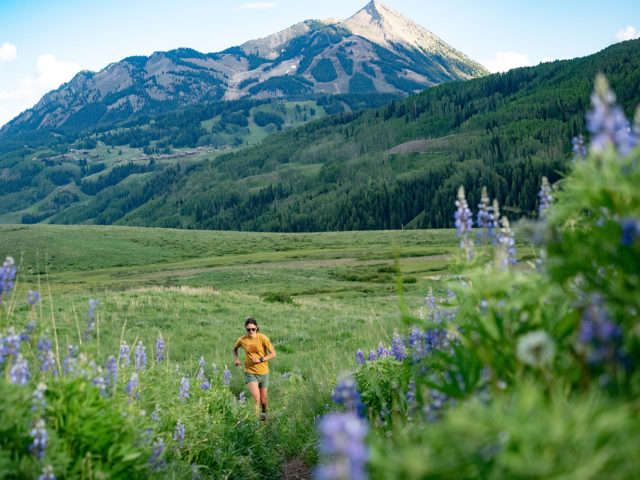
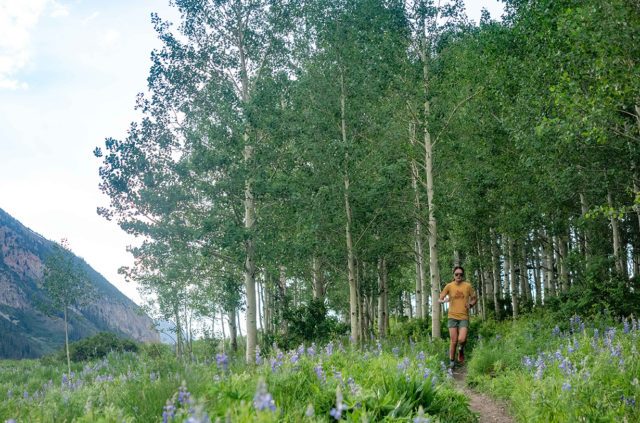
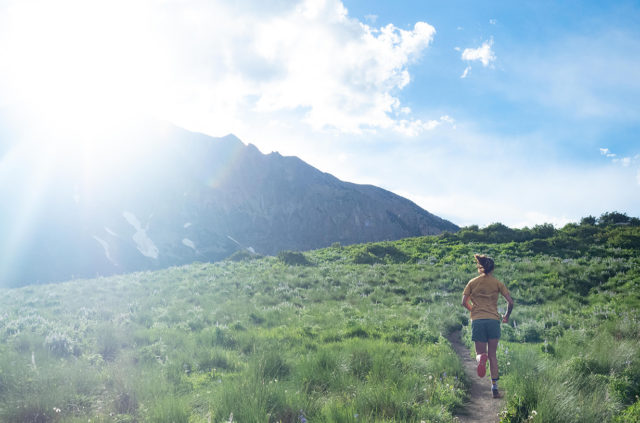

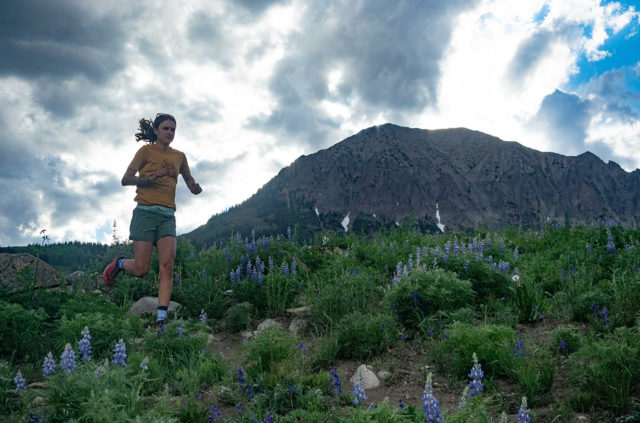
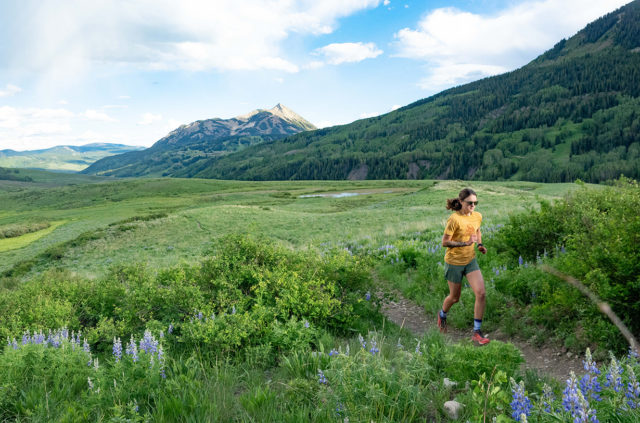
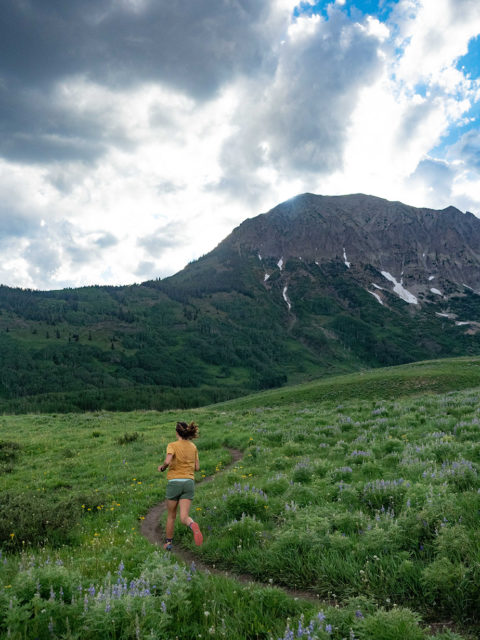
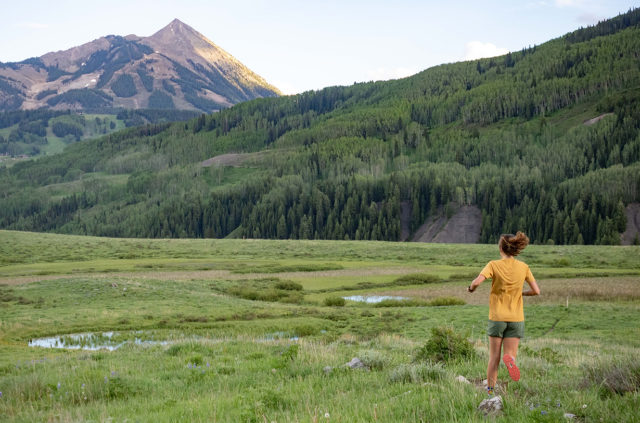
When will you review the ultra 3?